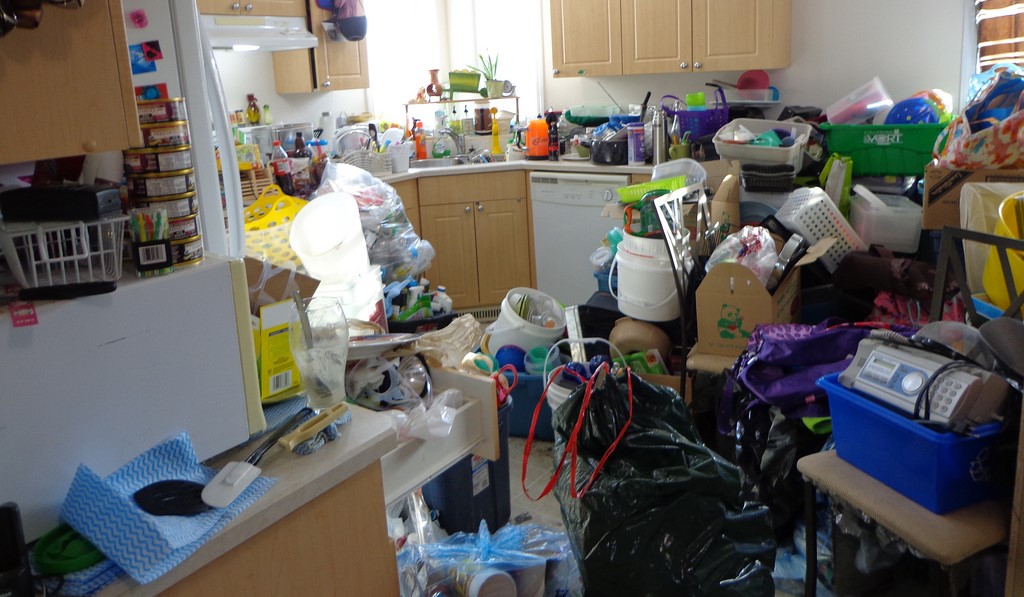Let’s go back to the drawing board for a moment and look at what hoarding really means. The NHS uses the following definition: “A hoarding disorder is where someone acquires an excessive number of items and stores them in a chaotic manner. The items can be of little or no monetary value and usually result in unmanageable amounts of clutter. It's considered to be a significant problem if: the amount of clutter interferes with everyday living, and/or if the clutter is causing significant distress or negatively affecting the person's quality of life or their family's.” Acquiring an excessive number of items In many cases, an accumulation of things in a home is not built on excessive acquisition, though, but a simple result of gradual accumulation without any focus on buying or otherwise acquiring things. I find that many people described as hoarders by others would not fulfil this part of the definition. Chaotic storage This is the textbook identifier for hoarding, right? On the other hand, it could simply be a sign for lack of proper storage. It could be a very temporary situation, too. So I’d add something to the definition: the chaotic storage alone is not enough, it has to continue for a long time, and there has to be an element of “too much” to the specific situation. Unmanageable amounts of clutter Clutter is exactly that: “too much stuff in too little space”. The problem is, however, that clutter can accumulate out of many different reasons: hoarding being one of the most dramatic ones. It could just be lack of time or inclination, lack of realisation that things are starting to get bad, chronic fatigue, or any number of reasons completely unrelated to hoarding. If it’s become impossible to access parts of the house without a lot of effort and reshuffling of items, THAT is a problem (interference with everyday living), especially if combined with a constant feeling that something needs to be done, really, to keep the home useable (causing significant distress or negatively affecting the person's quality of life or their family's). I believe that every single one of those elements have to come together to make a true hoarder.
The point I’m trying to make here is simple: there is no clear line between being either a hoarder or a shopaholic/collector/disorganised person. The separation is often difficult, if not impossible, especially if multiple things apply at once. I try to be careful before calling someone a hoarder, as there are many possible interpretations in that large swathe of deep blue sea between the quiet haven of what everyone would consider an organised and functional home, and the rough coastline a house filled up with stuff. If you have enjoyed reading this, you may find these other articles interesting: Comments are closed.
|
Ask the ClutterMeisterIdeas to help clear away the mess in your homes and in your minds.
Feel free to share any of my posts, but please put in a backlink to the original blog post. Thank you. The author
Hi, my name is Tilo Flache. My mission: help clients declutter mind and space.
This blog contains pointers for your journey towards a happier living experience. Archives
November 2023
|




 RSS Feed
RSS Feed




